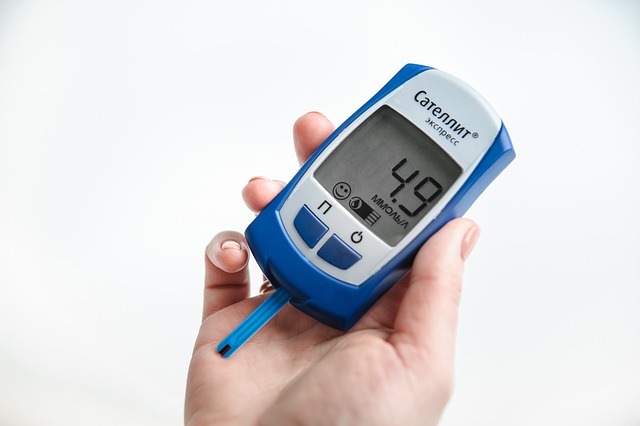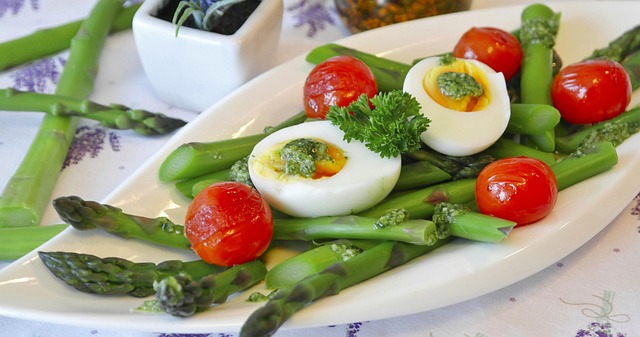Gluten-free diets are popular now, and many people follow them by cutting out grains. That is a mistake, because whole grains have a range of health benefits. Whole-grain oatmeal, in particular, shows up often on lists of superfoods, but is oatmeal gluten-free? Here is what you should know about oatmeal and gluten-free diets.
Why Is Gluten Bad?
Gluten refers to proteins found in wheat and some other grains. It has special properties that help bread and other wheat-containing products rise and hold their shape. In fact, these “glue-“like properties are the namesake of “gluten,” as the Latin word “glutin” refers to a sticky substance. If gluten is a natural and useful protein, why are so many people following a gluten-free diet?
A small percentage of the population, about 1%, has an autoimmune condition called celiac disease. People with celiac disease must avoid consuming any gluten to avoid symptoms such as diarrhea, bloating, anemia, weight loss, and constipation.
Other people choose to avoid gluten because they have (or think they have) gluten intolerance or they think a gluten-free diet will help them feel better or lose weight. There is little scientific evidence for benefits of a gluten-free diet if you do not have a diagnosed medical condition.
Sources of Gluten
Wheat is the most common source of gluten in most people’s diets. Unless otherwise labeled, most breads are made with wheat flour, whether refined (white) flour or whole-grain (whole-wheat) flour. Sliced bread, pita bread, bagels, rolls, English muffins, pizza crust, and hamburger buns are just a few examples. The same is true for other flour-containing baked goods, such as pretzels, cake, crackers, cookies, and pie.
Other forms of wheat and other types of grain with gluten are:
- Spelt
- Farina
- Semolina
- Kamut
- Graham flour
- Barley
- Triticale
- Rye
Some processed products have wheat – and therefore gluten – as a minor ingredient. Examples include many gravies and soups, soy sauces, and processed meats.
The following grains are gluten-free.
- Quinoa
- Rice
- Sorghum
- Corn (hominy)
- Teff
- Flax
- Buckwheat
- Amaranth
- Oats
Isn’t Oatmeal Gluten-Free?
If oats are naturally gluten-free, you should be able to assume that oatmeal is, too, right? After all, oatmeal is nothing but oats, milk or water, and possibly some cinnamon or vanilla and maybe some fruit and nuts.
The problem is that oats are often packaged or processed on equipment that processes other, often gluten-containing, foods. That means the oats may come into contact with residues from these foods, and the residues may have gluten. When you purchase oats, they could have trace amounts of gluten.
There is another reason why oatmeal products may not be gluten-free. They may have wheat flour or other gluten-containing ingredients in them. Oatmeal cookies, oat bran bread, and oatmeal pancakes are typically made with wheat flour.
Benefits of Oatmeal
Is it even worth the effort to eat oatmeal if you are afraid it may have gluten? Why not just avoid it and other grains altogether to more easily avoid gluten?
Simply put, grains can be healthy. Whole grains, which include whole-grain oats and oatmeal, are sources of fiber, vitamins, minerals, and antioxidants. Research also links their consumption to:
- Better weight control.
- Lower risk for type 2 diabetes.
- Lower A1C if you have diabetes.
- Lower risk for heart disease.
- Lower cholesterol and blood pressure.
Oats have these and other benefits. They are sources of soluble fiber, which can lower “bad” LDL cholesterol and blood sugar levels. They may help promote bowel regularity, too. Some oatmeal every day or a few times a week can help you increase your whole grain consumption and get some of the benefits.
Choosing Gluten-Free Oatmeal
The trace amounts that may be on oats are probably fine if you are following a gluten-free diet by choice, but if your doctor has diagnosed you with celiac disease or prescribed a completely gluten-free diet, even tiny amounts can be harmful for you.
To avoid oats contaminated with gluten, look for packages that state that the product is gluten-free. The Food and Drug Administration (FDA) requires that products labeled as “gluten-free” must have a concentration of gluten of less than 20 parts per million (ppm). To put that in perspective, that is equivalent to 1 gram of gluten in 50 kilograms of the gluten-free good.
You can use the same strategy to find other gluten-free oat products and gluten-free goods. Assume that plain and flavored instant oatmeal, granola bars, oat bran, oat cereal, and steel cut oatmeal are gluten-free only if their labels say so. Otherwise, they may have more than 20 ppm gluten, and that can be enough to cause symptoms if you have celiac disease.
You can follow a gluten-free diet while using Lark to reach your health and weight loss goals. The program can guide you in making healthy choices such as eating oatmeal and including other nutritious gluten-free products in your daily routine.











.webp)






